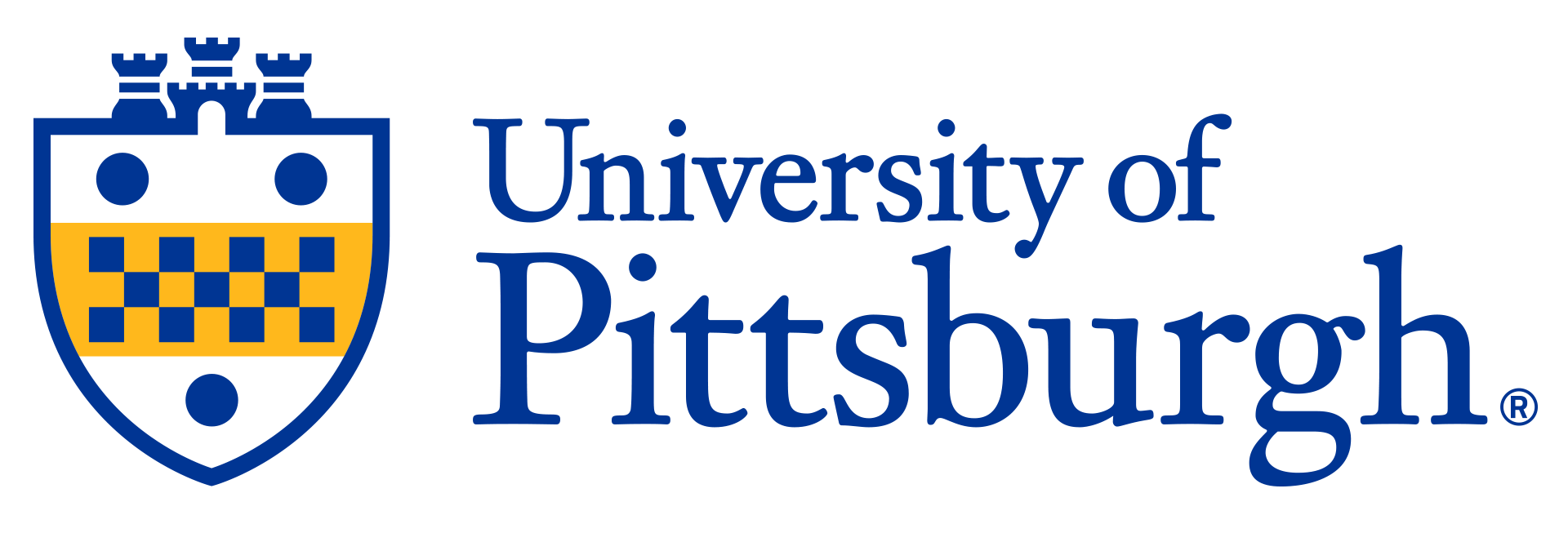

Bio-Inspired Nanocomposites for Advanced Bone and Tissue Regeneration
This invention introduces novel bone substitute nanocomposites and their synthesis methods, leveraging multiphosphorylated peptides to create biomimetic materials. These composites are designed to effectively repair and regenerate damaged mineralized tissues like bone and dentin, offering a significant advancement over current graft materials.
Description
Investigators at the University of Pittsburgh synthesized composite nanofibrils with highly integrated organic/inorganic interfaces inspired by the mineralized collagen fibrils of bone and dentin. Utilizing their understanding of bone and dentin biomineralization, they have designed bioinspired peptides, which result in the synthesis of highly organized biomimetic composite nanofibrils, with integrated organic and inorganic phases. The bioinspired peptides also have the ability to promote osteogenesis.Applications
- Orthopedic and Dental Implants- Tissue Engineering
- Trauma Care
- Biomaterials Industry
- Regenerative Medicine
Advantages
- Superior Mechanical Properties: Overcomes limitations of existing graft materials by exhibiting mechanical properties closer to natural mineralized tissue.- Biomimetic Design: Mimics the highly organized hierarchical nanocomposites of bone and dentin for enhanced integration.
- Molecular-Level Integration: Achieves integrated organic and inorganic phases at a molecular level, crucial for effective tissue repair.
- Targeted Regeneration: Specifically designed for the repair and regeneration of mineralized tissues like bone and dentin.
- Novel Synthesis Method: Utilizes multiphosphorylated peptides for the creation of these advanced composites.
Invention Readiness
The technology is currently at an advanced experimental stage, having established a robust foundational framework for organ preservation. Extensive data has been generated to define the precise compositions of the organ preservation solutions, detailing optimal ranges for pH, osmolality, colloid osmotic pressure, and critical ion concentrations. The methods for machine perfusion, including specific temperature ranges and oxygenation protocols, have also been rigorously characterized. Further studies are needed to advance this technology through comprehensive preclinical in-vivo validation, rigorous safety and efficacy testing, and ultimately, human clinical trials to confirm its full therapeutic potential.IP Status
https://patents.google.com/patent/US10736988B2Related Publication(s)
Sfeir, C., Fang, P.-A., Jayaraman, T., Raman, A., Xiaoyuan, Z., & Beniash, E. (2014). Synthesis of bone-like nanocomposites using multiphosphorylated peptides. Acta Biomaterialia, 10(5), 2241–2249. https://doi.org/10.1016/j.actbio.2014.01.007